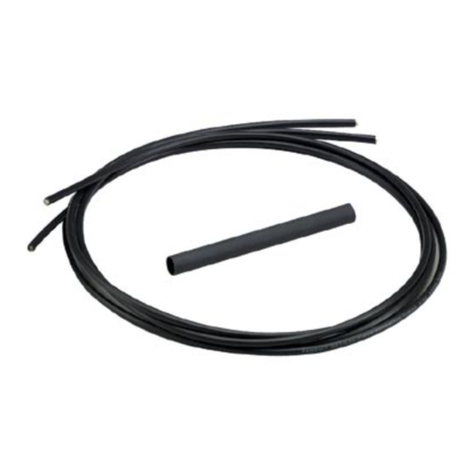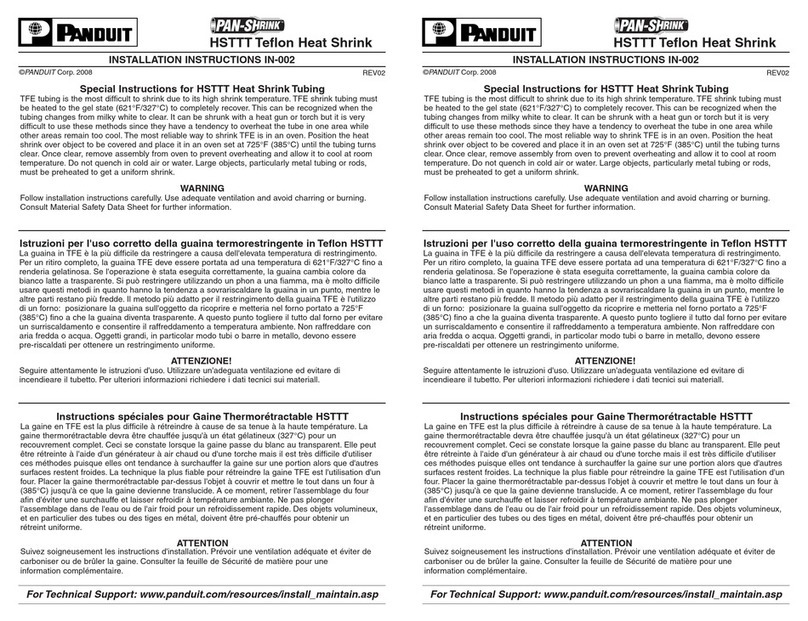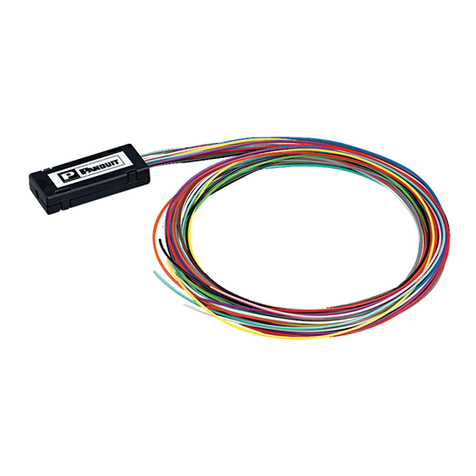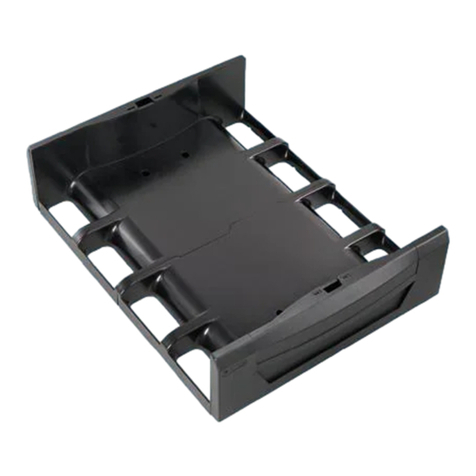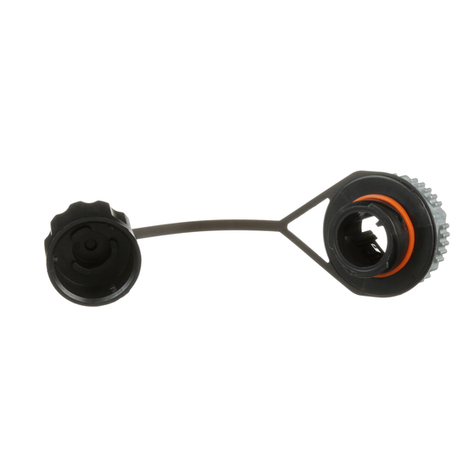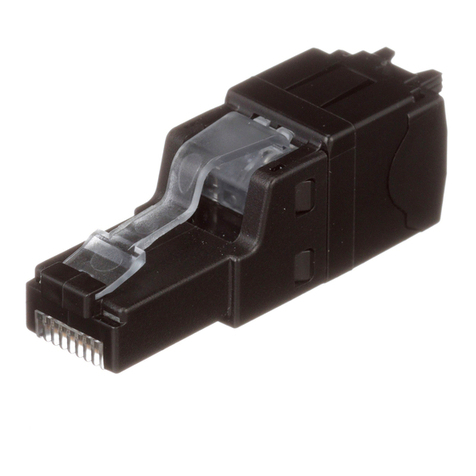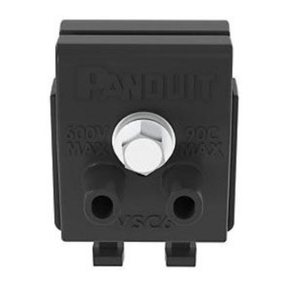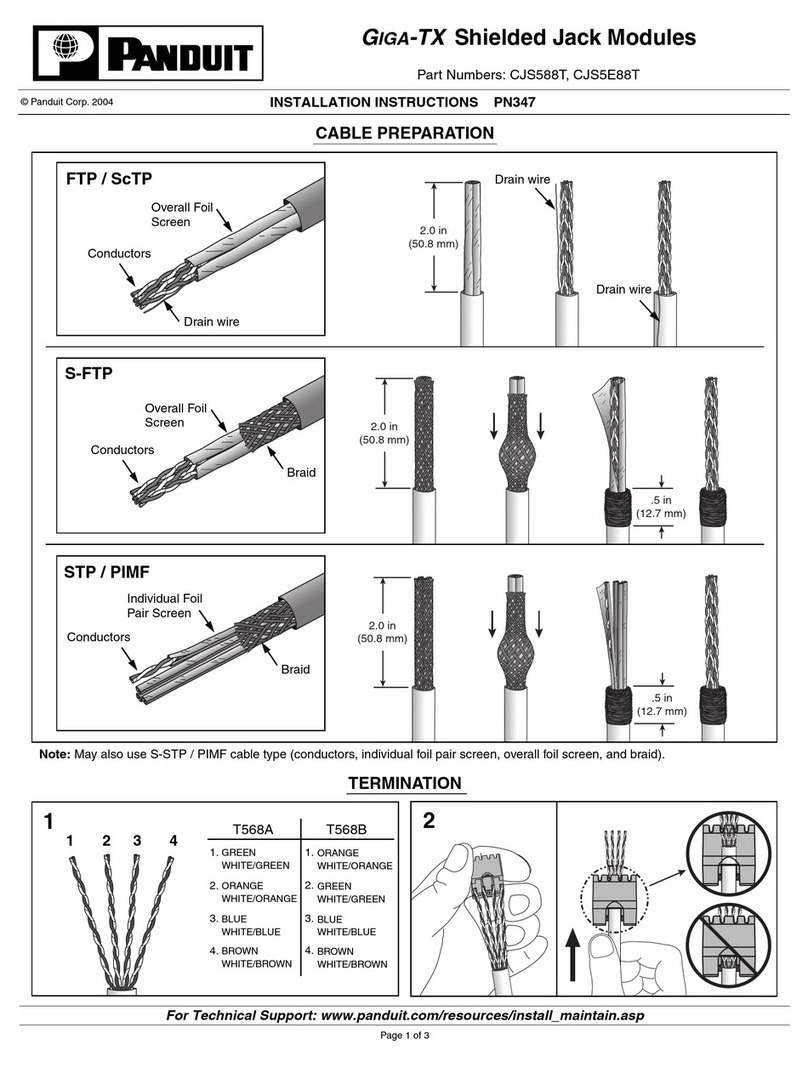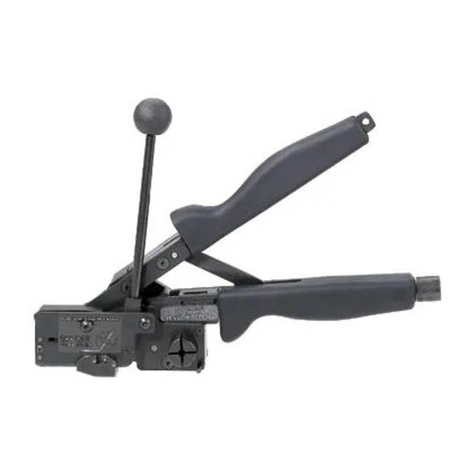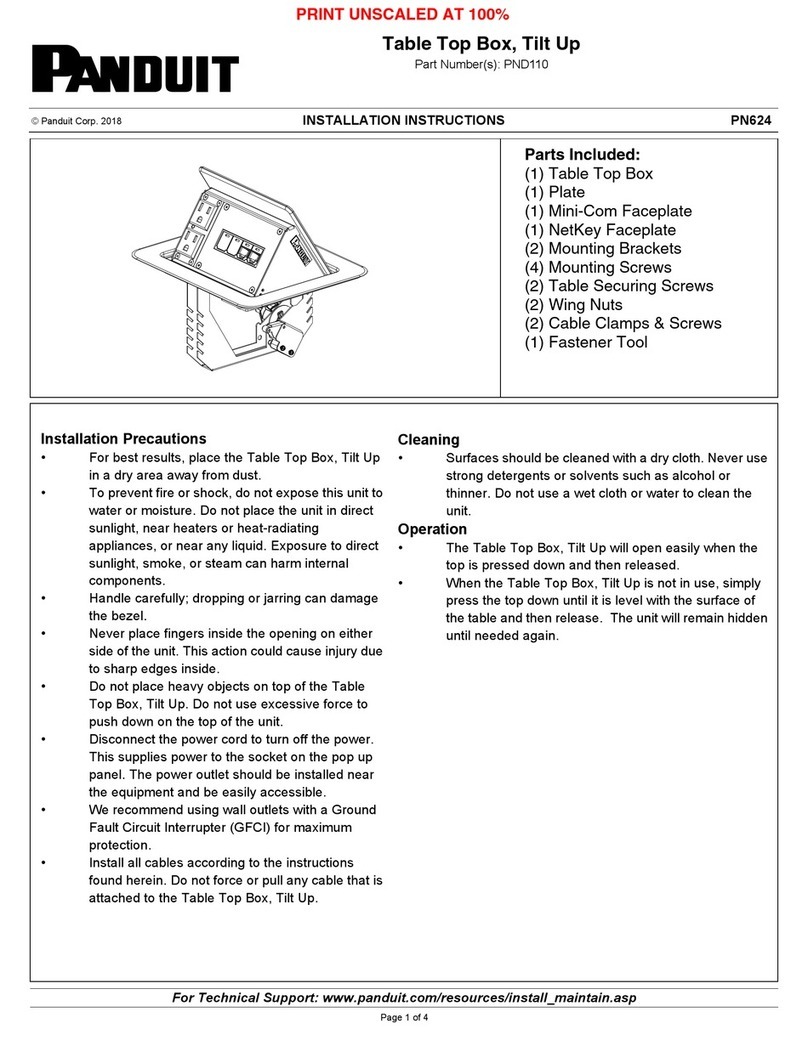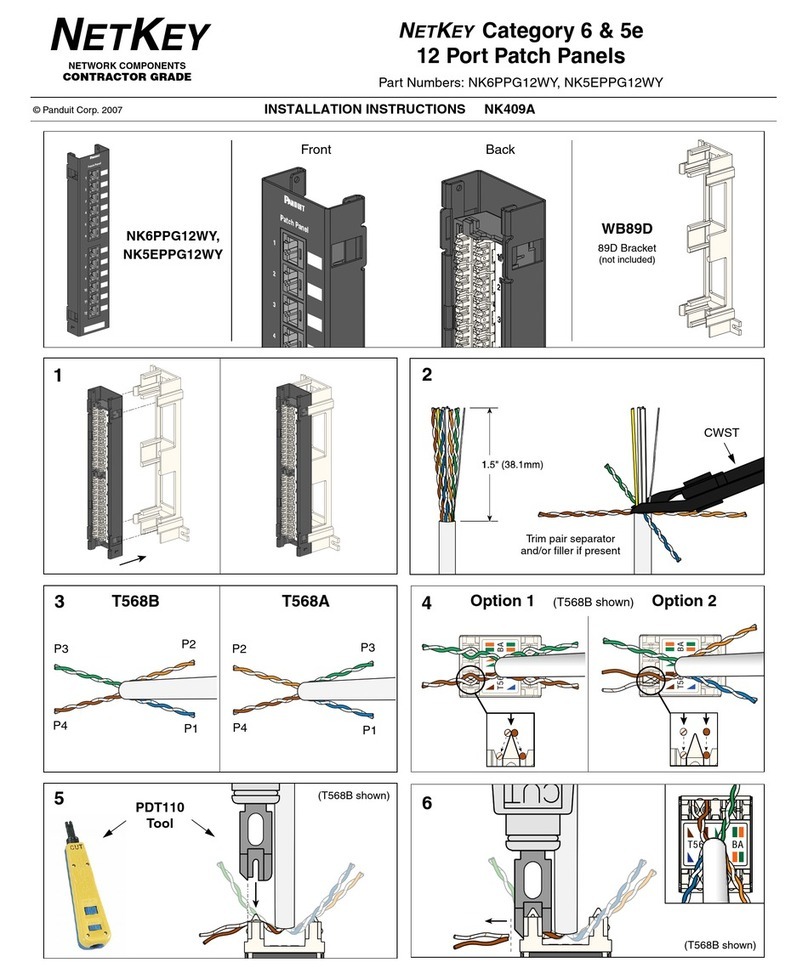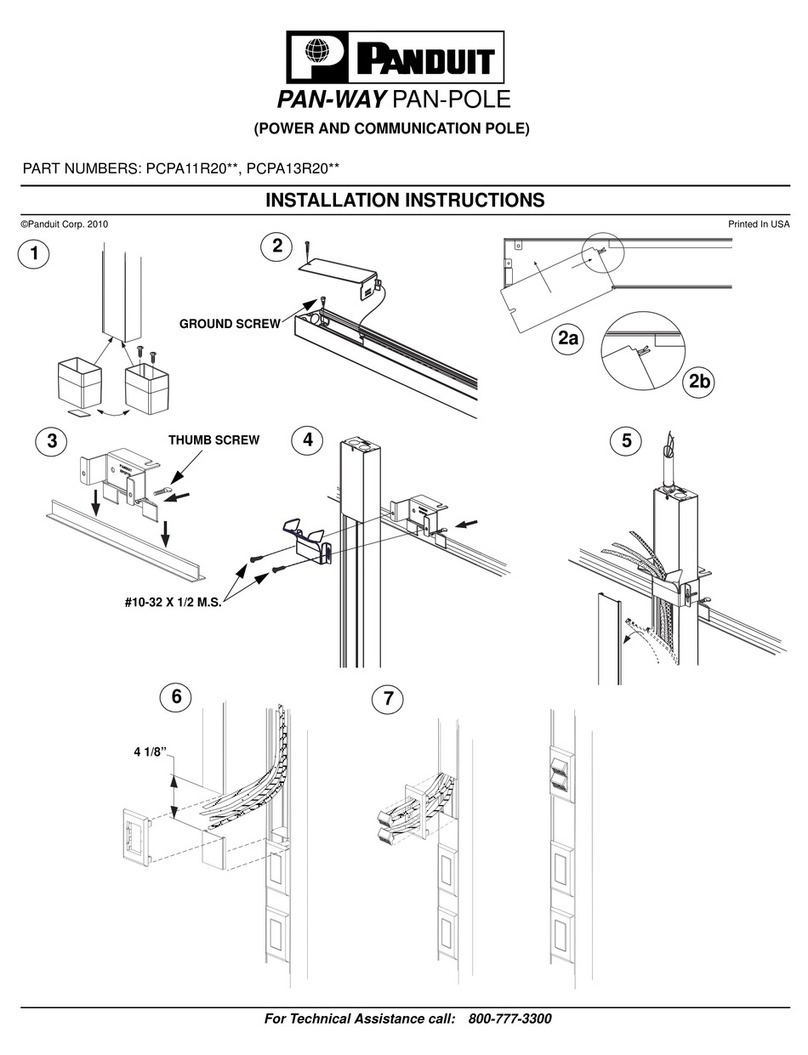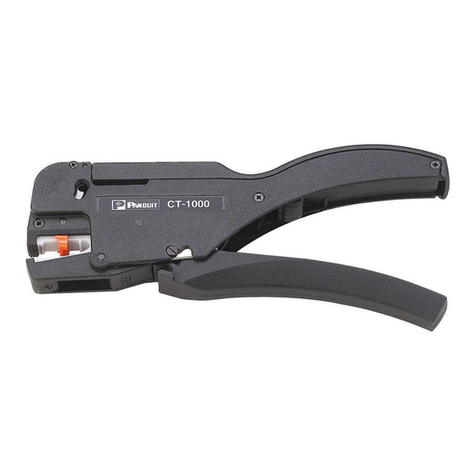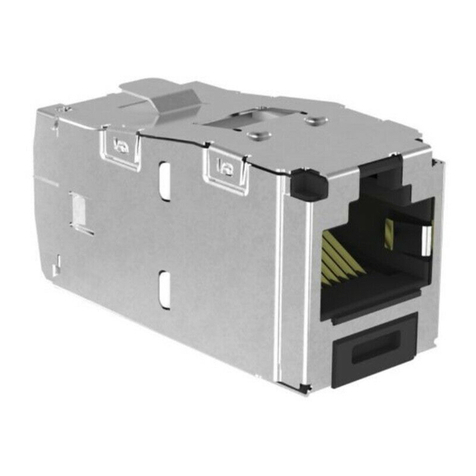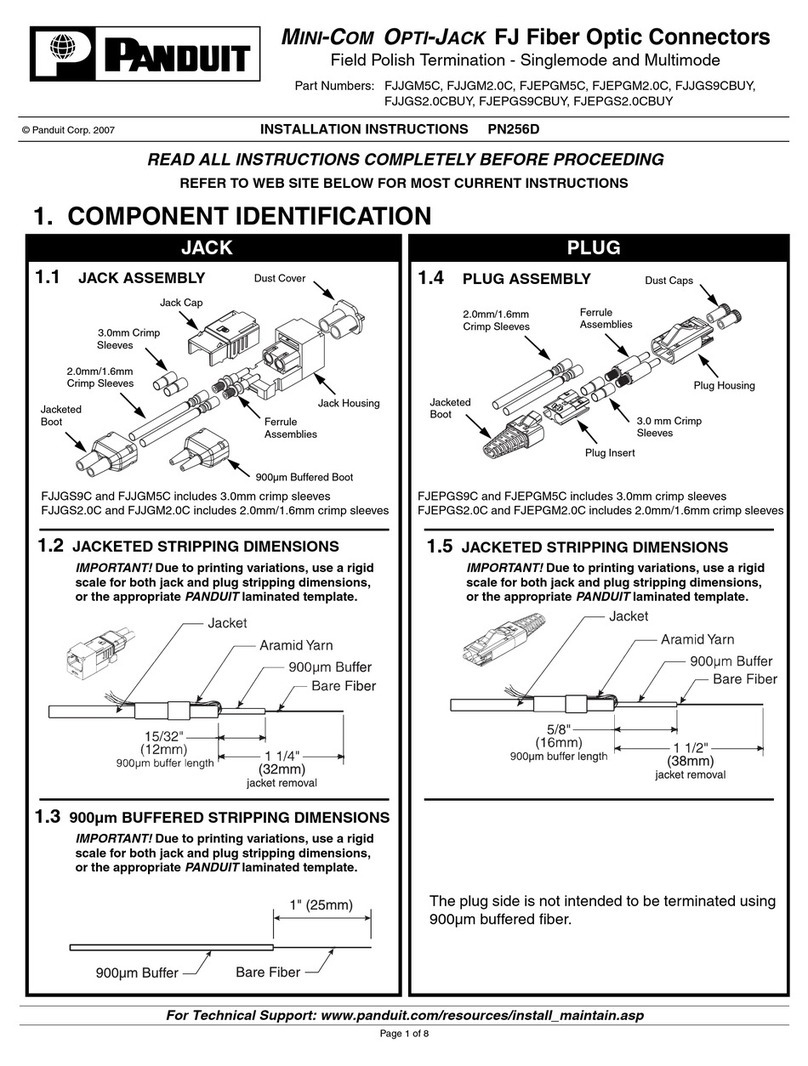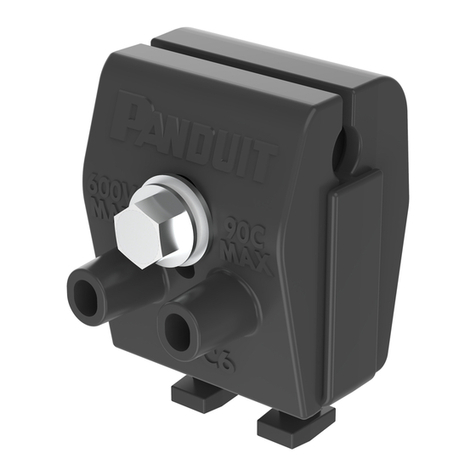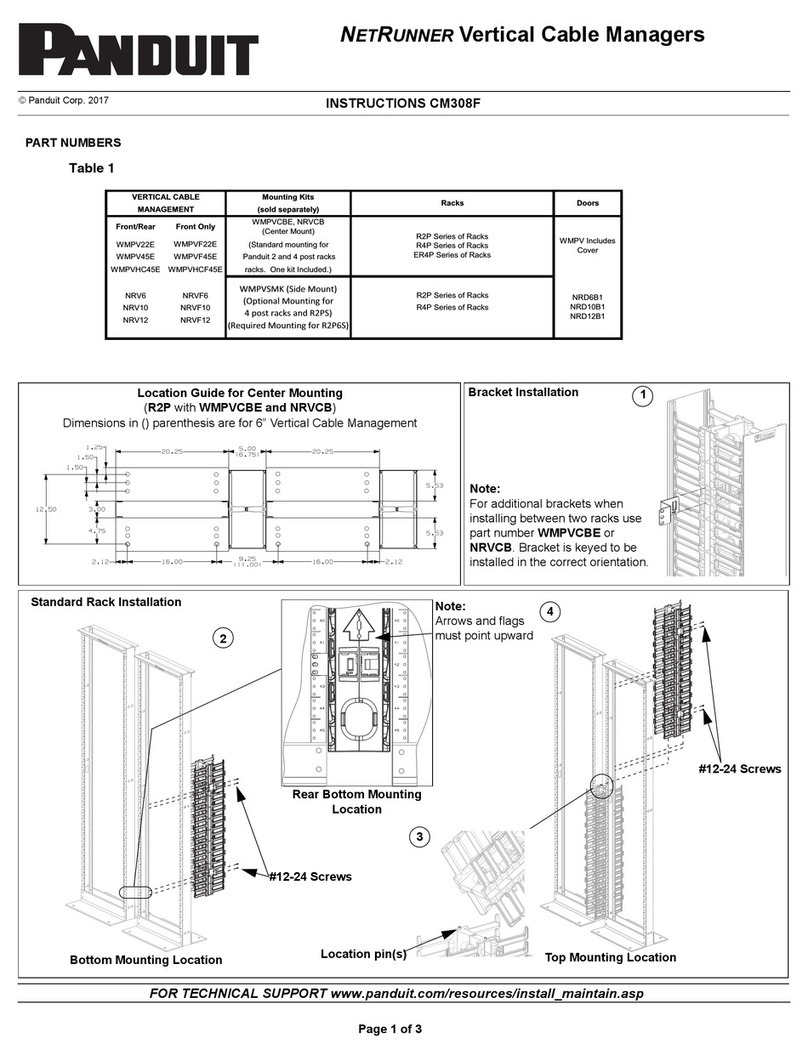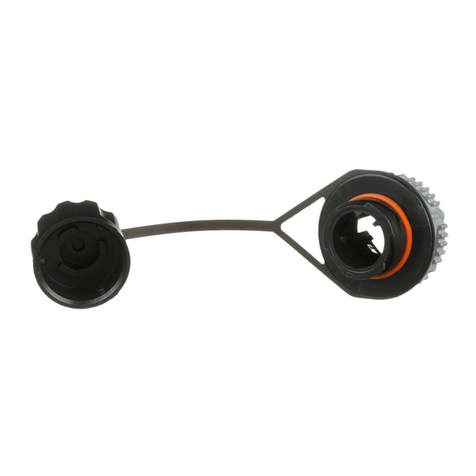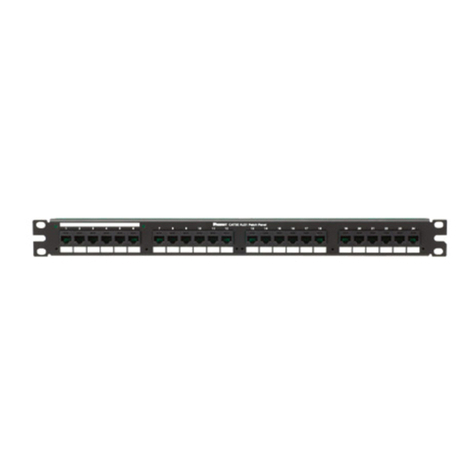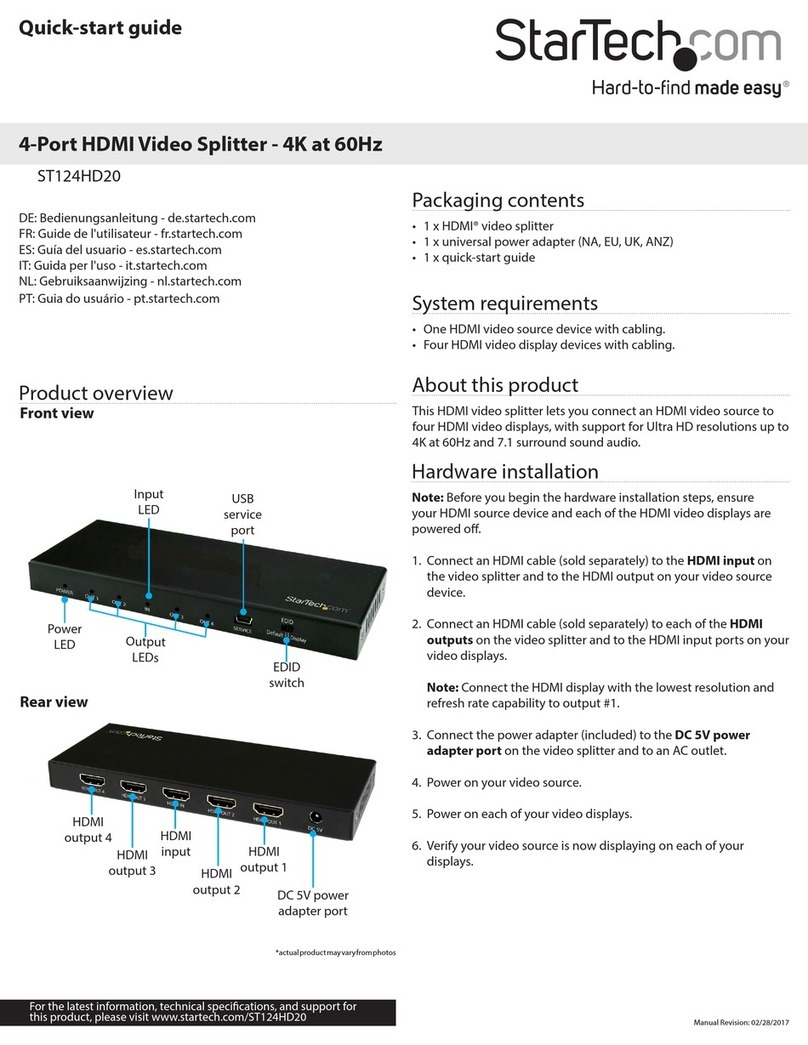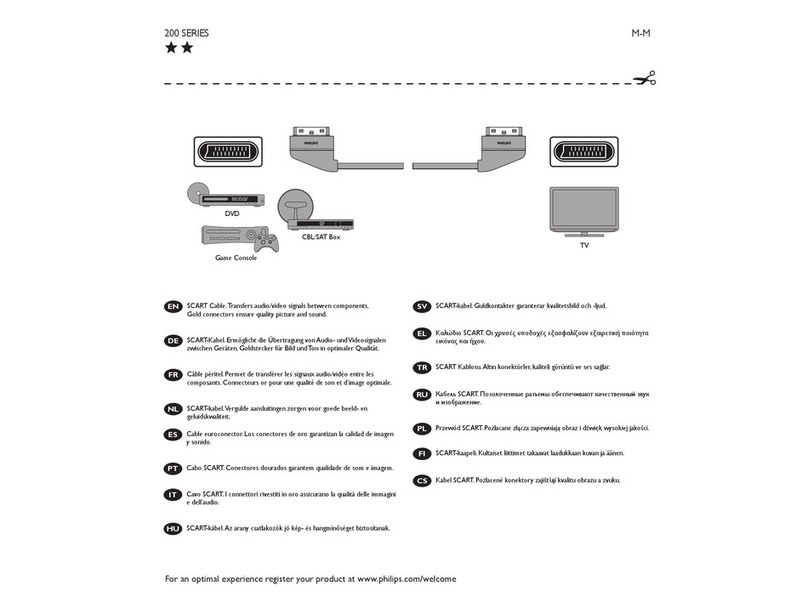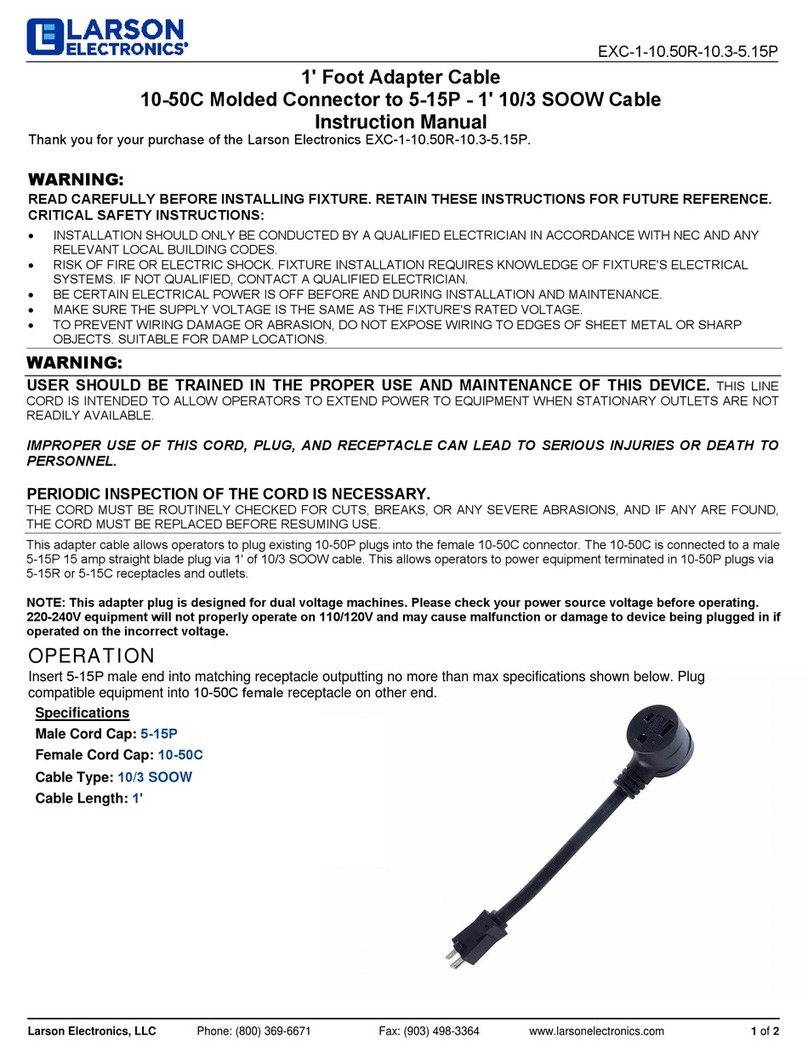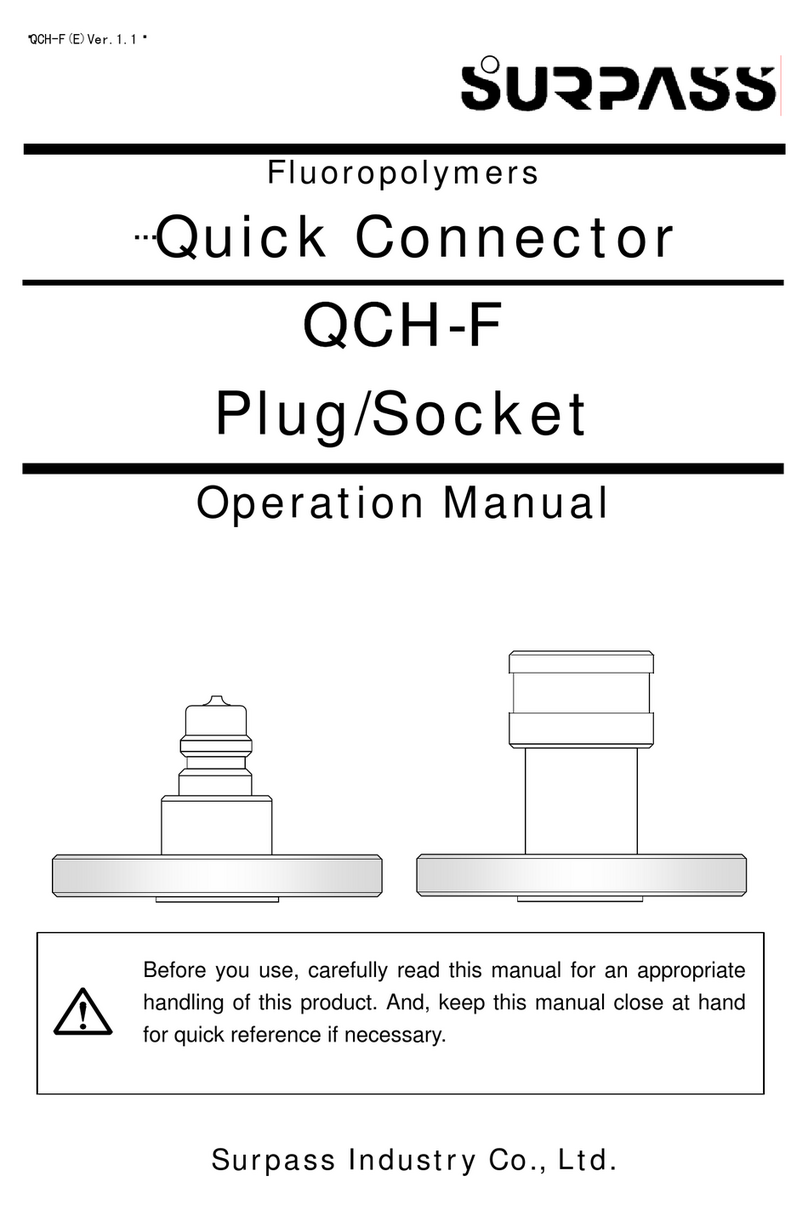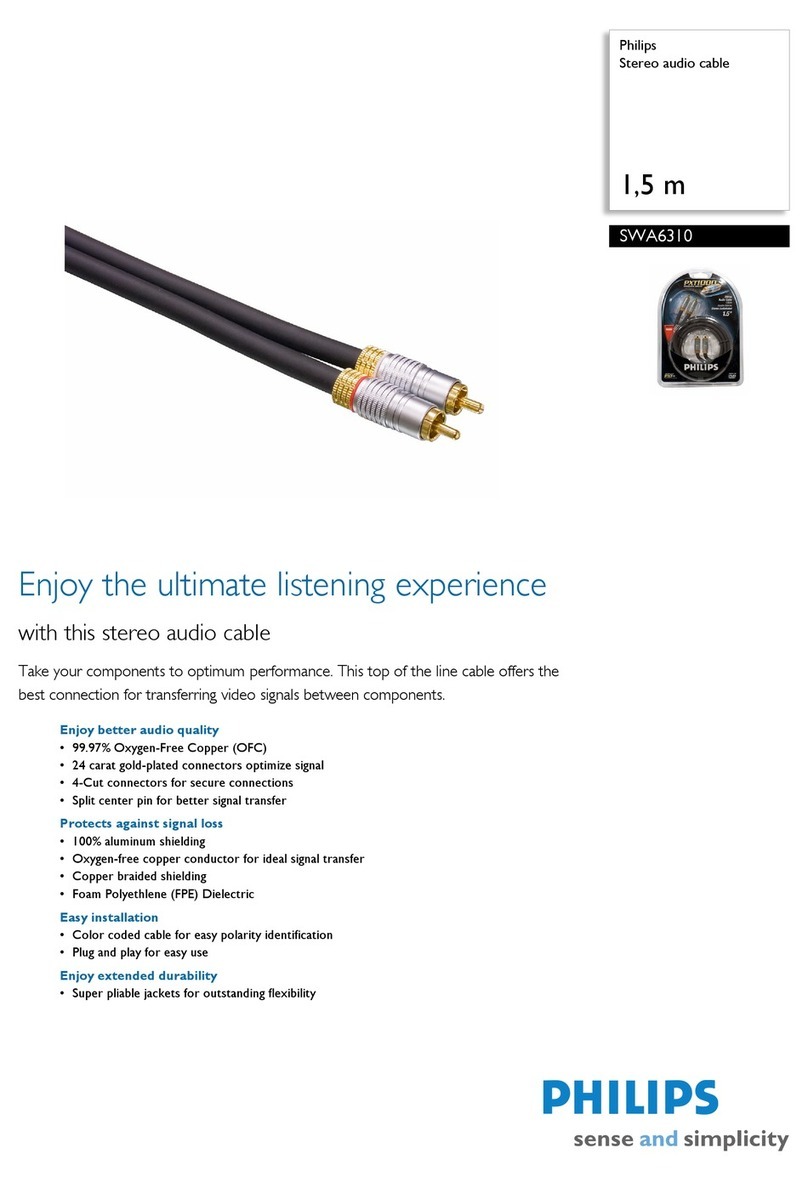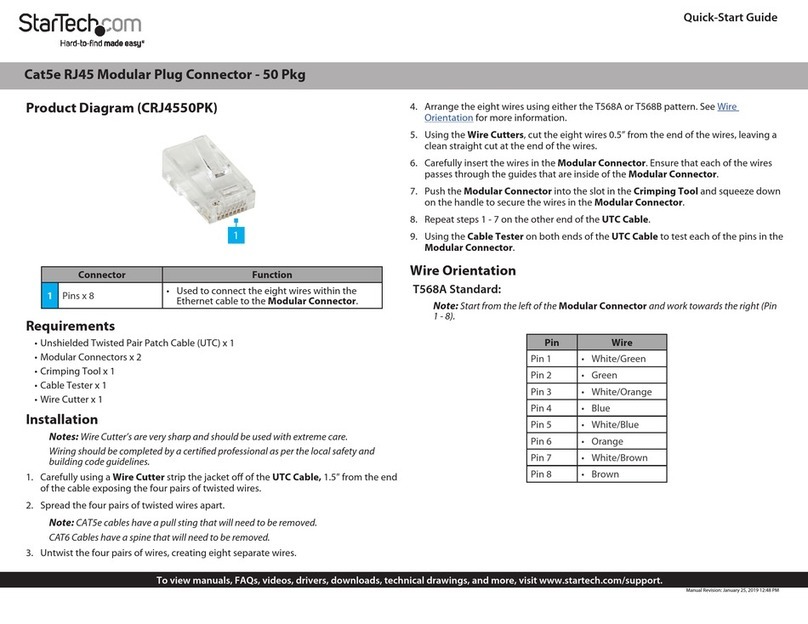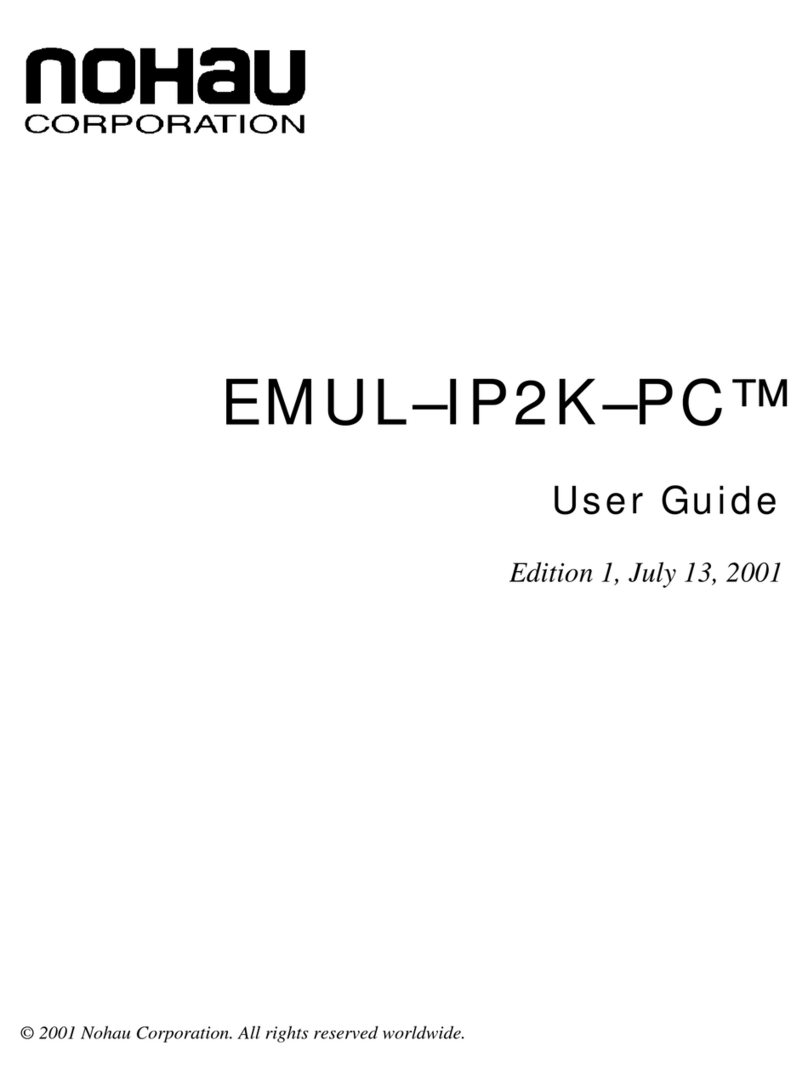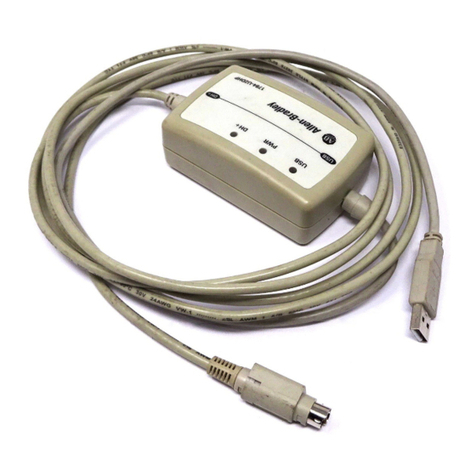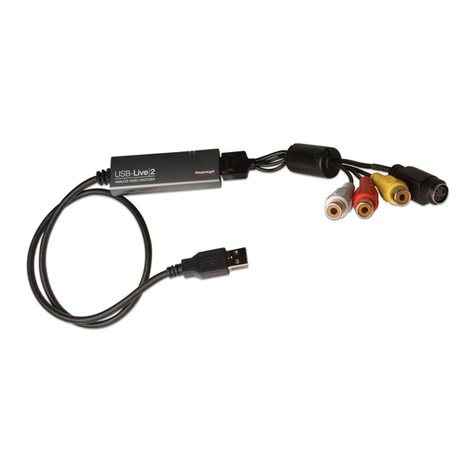
For Technical Support: www.panduit.com/resources/install_maintain.asp
INSTALLATION INSTRUCTIONS
© Panduit Corp. 2014 FS069
Page 10 of 12
5. CRIMPING JACKETED CABLE
The FVFLY verifies optical continuity only. Optical
performance can only be verified by performing a link loss
test or connector loss test using an optical test set or an
OTDR.
Eliminating the movement of the buffer inside the jacket is
critical to a successful termination. This is achieved by
pinching the jacket tightly against the buffer.
IMPORTANT: SOME FIBER OPTIC CABLES HAVE STIFF
(HARD) JACKET MATERIAL THAT MAY PREVENT THE
JACKET FROM BEING PINCHED WELL ENOUGH TO
ELIMINATE BUFFER MOVEMENT RELATIVE TO THE
JACKET. THE INABILITY TO STOP THIS MOVEMENT
(PISTONING OF THE BUFFERED FIBER) MAY CAUSE YOUR
INSTALLATION YIELD TO DECREASE.
5.1 Check the location of the buffer length mark to make sure it is at
the edge of the jacket. If necessary, carefully work the fiber back
in until the mark is at the edge of the jacket.
5.2 Pick up the crimp tool containing the inner housing assembly.
Carefully insert the fiber into the inner housing assembly using
constant light pressure, as your middle finger stabilizes your
hand against the tool. Excessive force during insertion may
break fiber. The fiber should be guided in straight, not at an
angle. Once the buffer has entered the inner housing assembly,
slide the crimp sleeve back approximately 1-1/4", and grip the
cable by pinching the jacket and buffer tightly 1" behind the
insertion mark so that buffer will not slide into jacket. Hold
the crimp tool near the end of the handles for better mechanical
advantage during crimping.
5.3 This is a critical step for obtaining a successful termination.
Add light forward pressure to the fiber. (An excessive kink in the
buffer behind the inner housing assembly may prevent the fiber
end face from contacting the pre-polished fiber.) Notice that the
red glow of the ferrule has diminished so that it is barely
noticeable or disappears. This identifies that the cleaved end
of the field fiber is in face-to-face contact with the pre-polished
fiber inside the ferrule assembly. The insertion mark is used as
an additional visual aid to verify proper insertion depth. When
the red glow diminishes, the insertion mark should be even with
the back edge of the inner housing assembly.
Note: If the red glow has not diminished or diminishes only
slightly (and the insertion mark is not even with the back edge of
the inner housing assembly), then face-to-face contact has not
yet occurred. Withdraw the field fiber slightly and then rotate it
while re-inserting. Do not rotate the fiber after it has
bottomed out against the pre-polished fiber stub. If, after re-
inserting, there is still a substantial red glow at the ferrule the
fiber cleave may not be optimal. Return to section 3 on Page 8.
5.4 While maintaining light pressure and verifying that the red glow
is barely noticeable, crimp the inner housing assembly one
Insertion Mark
even with
Ferrule End
Red Glow
Diminished
Insertion mark
5.1
If the buffer length mark has
moved, carefully work the buffer
back into the jacket until the mark
is in its original position.
5.2
Pinch the jacket
and buffer tightly
